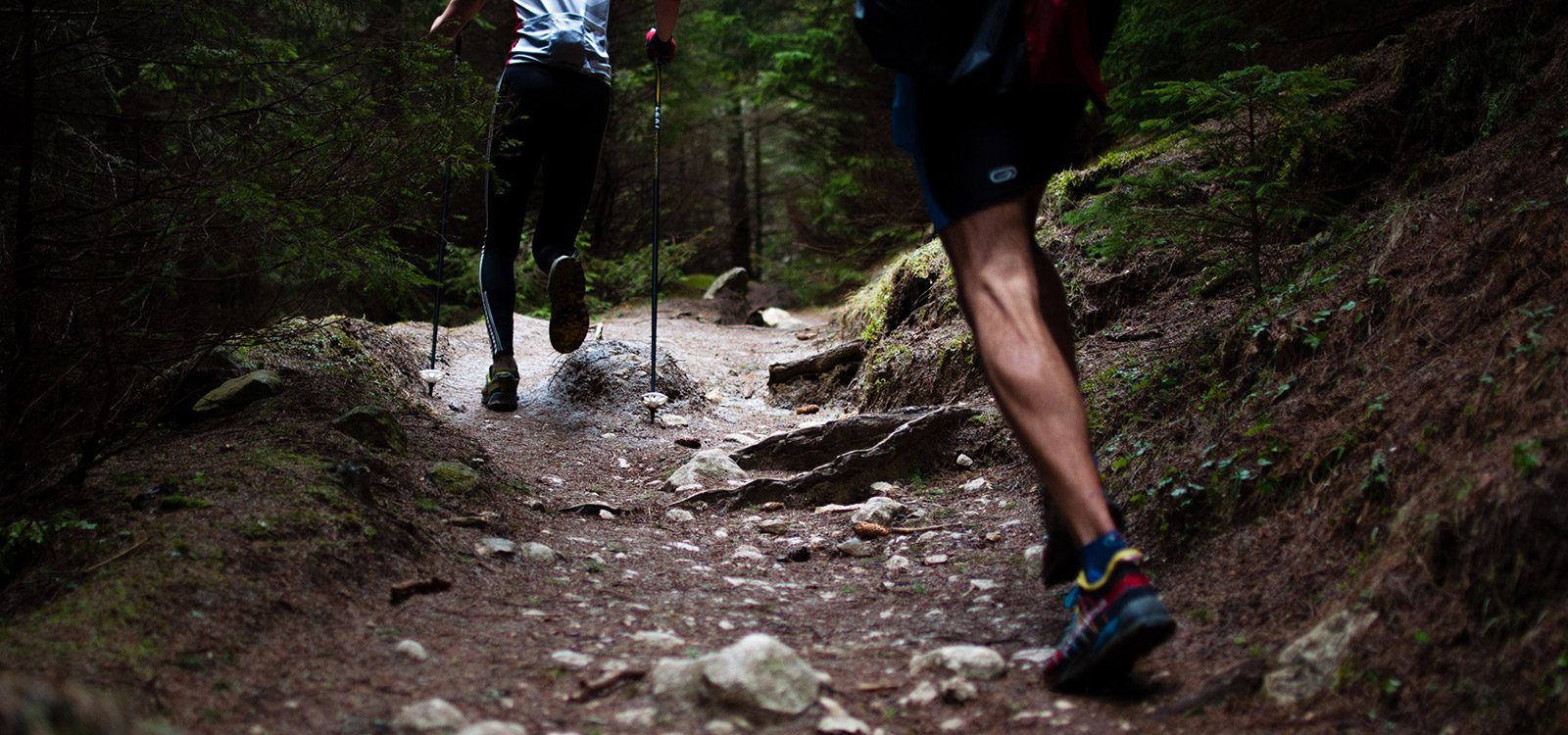Everest in the Alps isn’t just a challenge that takes place on the snow; it begins as soon as you sign up. In order to get yourself into the peak physical condition required for the challenge, training can take up to six months. You’ll push yourself incredibly hard but no one said reaching your peak would be easy. For many of us, this is the fittest we’ll ever be.
Fitness
You are taking on an endurance challenge, so much of your training will be done at a low-moderate intensity. However, there are many benefits to be had from high-intensity exercise as well, so we recommend that you adopt a varied approach to your training.
When preparing for an event, many athletes choose “periodised” training. This divides your overall training plan into blocks, with the aim of focusing on different areas at different stages, in order for you to be in the best possible shape for the start of the challenge.
Here, we provide you with guidelines for exercises that you can do to bring your fitness to the right level. How much progress you make will vary with each individual but progress takes dedication, so it depends on you.
We strongly advise you to consult your doctor and a fitness instructor before undertaking any strenuous exercise.

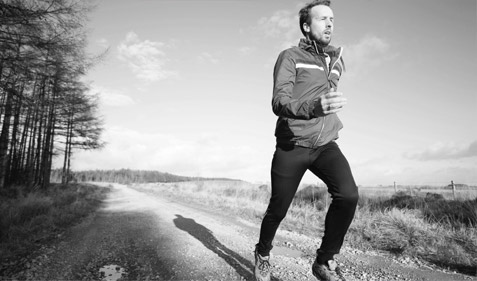
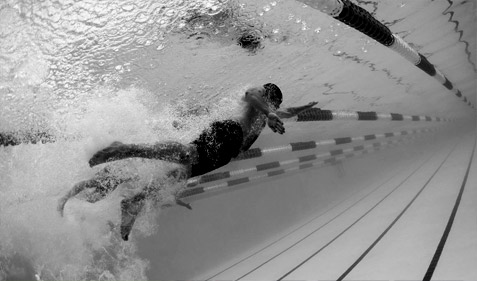
Preparation phase
The first stage of your physical preparation begins gently, ahead of a more focused, three stage programme beginning in the autumn.
You should aim for at least three training sessions per week and focus your fitness goals on four key areas:
Endurance
Aim to build up your stamina by running, cycling, swimming – anything that will get your heart rate up for a prolonged period of time. Your goal by October is to be able to complete 60 minutes of continuous endurance activity.
Strength
Focus on the biggest muscle groups: legs (squats, deadlifts, lunges); back and shoulders (presses, rows, pulls); trunk (glutes, abdominals, obliques). Compound exercises such as deadlifts will engage multiple muscle groups and really engage your core, replicating what you’ll experience on your mountain ascents.
Mobility
This is a crucial area for avoiding injuries. Use a foam roller or trigger point ball to loosen up muscles and joints after exercise. Add 10 minutes to the end of every session to focus on hips, knees and back flexibility.
Flexibility
Adding stretches to the end of your sessions will keep your body nimble and help you to avoid injuries and improve your fitness gains.
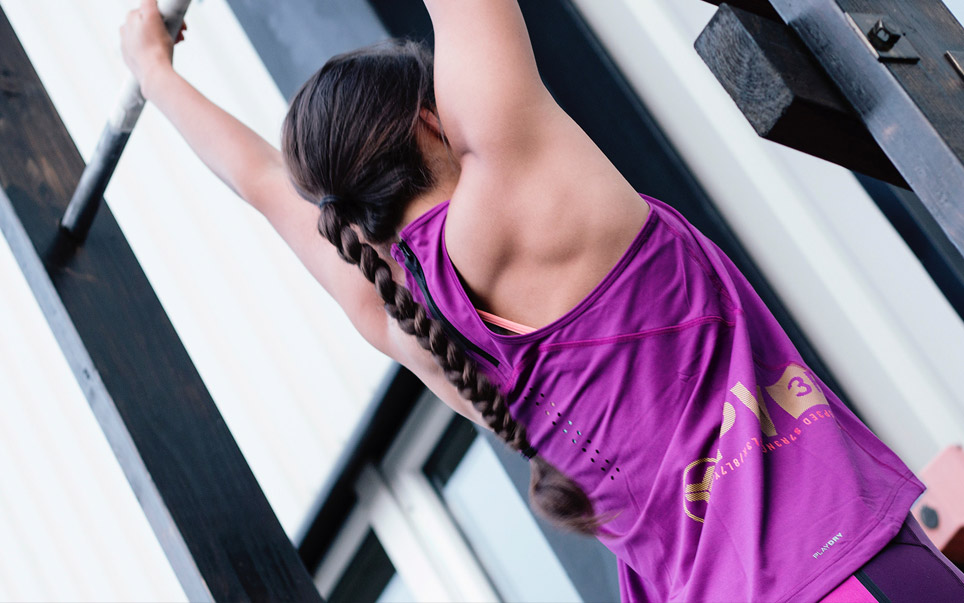
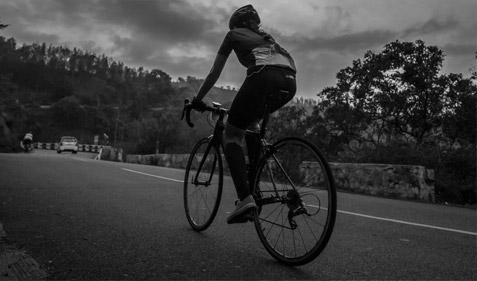
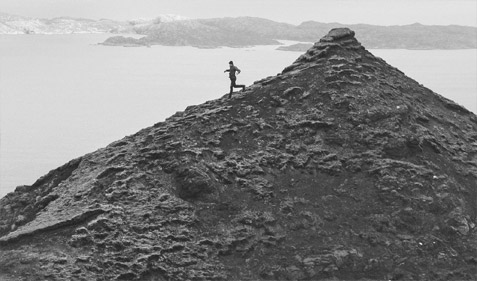
Winter training
Once you’ve built up a solid fitness base with your preparation training, you should begin to focus on getting yourself in peak condition for the start of the challenge.
There are four stages to consider:
Consolidation (September to mid-November)
Having built up your endurance levels to be able to complete 60 minutes of continuous exercise, you should now increase this to 90 minutes, twice a week. As well as sessions in the gym, go outdoors whenever possible. Vary the training, for example by combining cycling and running, and include some swimming or rowing for upper body conditioning.
In addition to increased endurance training, start to build in some resistance work, which is critical for ski touring. Focus your strength training in the gym on short, variable exercises. The intention is to power up the legs and also to support the hips and knees to prevent injuries and provide stability for the downhill sections of the trek. You should also add as much core work as possible to your sessions. You’ll be engaging your core muscles frequently as you maintain balance and lean into the ascent, while twisting and turning your body and carrying a light rucksack.
Mountain Ready (mid-November to January)
Now it’s time to get your body better prepared for the mountain. There will be intense sections of the trek and you need to be able to push yourself in those moments. Increase your endurance work to 120 minutes, ideally at least twice a week. As the sessions increase in time, it can be hard to accommodate them around your busy lives. However, maintaining a consistent fitness routine is the only way you’ll be ready for the challenge. If you miss a session, make it up another time. If you can’t fit in longer sessions, increase the intensity. If you need to, get up earlier. Remind yourself of why you’re putting your body through this and do whatever it takes.
Continue with the strength sessions but adjust them to shorter bursts with heavier loads and broader movements to challenge your balance and core.
Add interval training to replicate the high intensity bursts you will occasionally put in ski touring (rush to a summit/steep section etc.) Interval training is good for burning fat and familiarises your heart with quick rate changes. It also avoids the ‘plateau effect’ of training over a long period. Introducing intervals also allows you to cope with the inevitable indulgence that comes with the move into the Christmas period!
Fine Tuning (January to mid-February)
By this stage you’ll be in great shape and now the job is to tweak your sessions to squeeze out that extra performance, which can make all the difference on the mountain. You can increase your endurance sessions even more, or, what we would recommend, is start adding weight to mimic the effect of carrying a light rucksack. You can either use a weighted vest or get used to what it will feel like on the slopes by wearing a rucksack. You could load it with the gear you’ll be taking if you have it, or by adding any items that will be of a similar weight.
Your strength sessions at this point will be more varied, without any extra load as you will already have achieved your strength goals. However, in order to keep the muscles stimulated you should add complexity by using a Bosu and gym ball. Exercises should also be intended to closely mimic ski touring where possible; lunges, for instance, can be made more dynamic by using an incline. Introduce shorter bursts and rest periods in your interval training.
Tapering (final 2 weeks)
Now you are winding down. You won’t lose fitness at this point and so you can reduce your amount of training to ensure that you avoid any last-minute injuries and allow any niggles to fully recover. Keep endurance work to a maximum of one hour twice a week. Strength work can be lighter and the emphasis should be on mobility and injury prevention. If winding down feels strange, more time stretching and in the steam room is a good substitute for the hard work you have been doing.
For a detailed three phase training plan, download the following PDFs:
Phase One Training Plan
Phase Two Training Plan
Phase Three Training Plan
